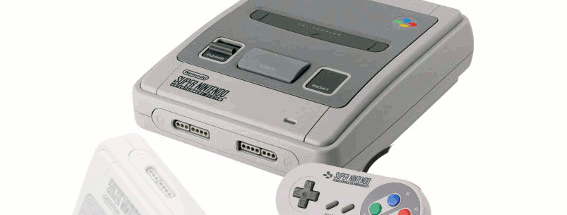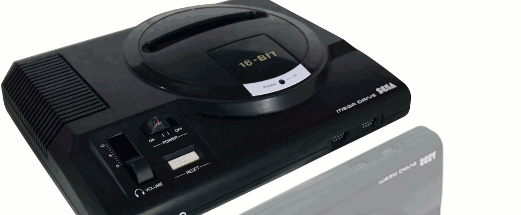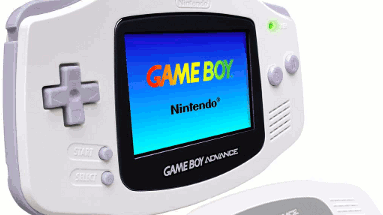Presentation :
The Sega 32X is an add-on for the Sega Genesis video game console. Codenamed "Project Mars", the 32X was designed to expand the power of the Genesis and serve as a transitional console into the 32-bit era until the later release of the Sega Saturn. Independent of the Genesis, the 32X utilizes its own ROM cartridges and has its own library of games. The add-on was distributed under the name Super 32X in Japan, Sega Genesis 32X in North America, Sega Mega Drive 32X in the PAL region, and Sega Mega 32X in Brazil.
Unveiled at June 1994's Consumer Electronics Show, Sega presented the 32X as a low-cost option for consumers looking to play 32-bit games. Developed in response to the Atari Jaguar and concerns that the Saturn would not make it to market by the end of 1994, the product was originally conceived as an entirely new console. At the suggestion of Sega of America executive Joe Miller and his team, the console was converted into an add-on to the existing Genesis and made more powerful. The final design contained two 32-bit central processing unit chips and a 3D graphics processor. In order to bring the new add-on to market by its scheduled release date of November 1994, development of the new system and its games were rushed. Ultimately, the console failed to attract third-party video game developers and sufficient consumers due to the announcement of the Sega Saturn's simultaneous release in Japan. Sega's efforts to rush the 32X to market cut into available time for game development, resulting in a weak library of forty titles that could not fully utilize the add-on's hardware, including Genesis ports. By the end of 1994, the 32X had sold 665,000 units. After price reductions in 1995, it was officially discontinued in 1996 as Sega turned their focus toward the Saturn.
The 32X is considered a commercial failure. Initial reception after the add-on's unveiling and launch was positive, highlighting the low price of the system and power expansion to the Genesis. Later reviews, both contemporary and retrospective, for the 32X have been mostly negative because of its shallow game library, poor market timing and the resulting market fragmentation for the Genesis.
History
Released in Japan as the Mega Drive in 1988, North America in 1989, and Europe and other regions as the Mega Drive in 1990, the Sega Genesis was Sega's entry into the 16-bit era of video game consoles. In mid-1990, Sega CEO Hayao Nakayama hired Tom Kalinske as CEO of Sega of America. Kalinske developed a four-point plan for sales of the Genesis: cut the price of the console, create a U.S.-based team to develop games targeted at the American market, continue aggressive advertising campaigns, and pack Sonic the Hedgehog in with the console. The Japanese board of directors initially disapproved of the plan, but all four points were approved by Nakayama, who told Kalinske, "I hired you to make the decisions for Europe and the Americas, so go ahead and do it." Magazines praised Sonic as one of the greatest games yet made, and Sega's console took off as customers who had been waiting for the Super Nintendo Entertainment System (SNES) decided to purchase a Genesis instead.
By 1994, the Genesis was starting to lag in its capabilities when compared to its main rival, the SNES and its newer games Super Metroid and Donkey Kong Country. The release of an add-on, the Sega CD, had also been commercially disappointing. With the release of the Sega Saturn upcoming, Sega began to develop a stop-gap solution that would bridge the gap between the Genesis and the Saturn, and would serve as a less expensive entry into the 32-bit era. The decision to create a new system was made by Nakayama. According to former Sega of America producer Scot Bayless, Nakayama was worried that the Saturn would not be available until after 1994, as well as the recent release of the 32-bit Atari Jaguar, and as a result the direction given was to have this second release to market by the end of the year.
Technical Specification :
- Processor : 2 Hitachi SH-2
- Coprocesseur : 68000, Zilog Z80, VDP from 32X, VDP from Genesis
- Graphic efects : Texture mapping, two frame buffers
- Colors : 32768 simultaneous
- Mémory : 512 KB
- Sound : 2 channel
- Polygones : 50000 per second.







.webp)
.webp)
.webp)